Windows Hello just got its 'dark mode' disabled – here's why
Microsoft's new security tweak means Windows Hello won't recognize you in the dark anymore.

In April, Windows Hello stopped working in the dark, and many Windows 11 users believed it was a bug. However, now it appears that Windows requires both IR sensors and a webcam for Windows Hello, and it wasn't a bug but a feature.
Before this change, Windows Hello used only the IR (infrared) sensors to create a 3D facial scan for you so you could log in. This is pretty similar to how Face ID works on the iPhone. IR sensors also work in low-light environments, and this is why, previously, you could log into your Windows 11 laptop using Windows Hello in the dark.
However, there was a vulnerability discovered in Windows Hello that had Microsoft update how it works for authentication. Now, it requires color cameras to see a visible face when signing in, on top of the IR sensors.
And as most webcams need a light source to illuminate your face and surroundings to "see", many people have discovered Windows Hello no longer works in the dark or in low-light conditions.
Curiously enough, users have found that disabling your webcam from Windows Device Manager makes Windows Hello rely only on the IR sensors for scanning your face and is once again able to log you into your computer in the dark. However, disabling your webcam isn't an ideal solution, as this way you won't be able to use it for video calls.
Apparently, the change to Windows Hello was made to fix a spoofing vulnerability. So, at least, Windows Hello should now be more secure, but it's quite sad to see that you won't be able to log into your laptop from bed.
I think this change in Windows Hello is a classic example of security improvements coming at the cost of convenience. Yep, it's understandable that Microsoft had to address the spoofing vulnerability, but it's still frustrating that something as simple as logging in comfortably in the dark is no longer possible without workarounds.
Before this change, Windows Hello used only the IR (infrared) sensors to create a 3D facial scan for you so you could log in. This is pretty similar to how Face ID works on the iPhone. IR sensors also work in low-light environments, and this is why, previously, you could log into your Windows 11 laptop using Windows Hello in the dark.
And as most webcams need a light source to illuminate your face and surroundings to "see", many people have discovered Windows Hello no longer works in the dark or in low-light conditions.
I think this change in Windows Hello is a classic example of security improvements coming at the cost of convenience. Yep, it's understandable that Microsoft had to address the spoofing vulnerability, but it's still frustrating that something as simple as logging in comfortably in the dark is no longer possible without workarounds.
Follow us on Google News

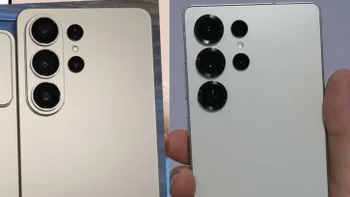
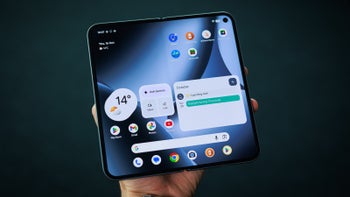
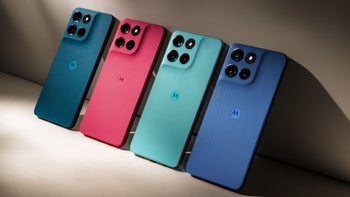

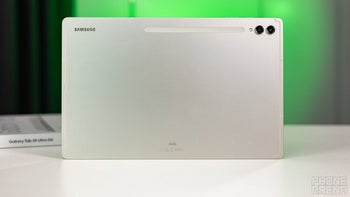
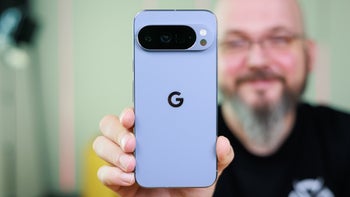
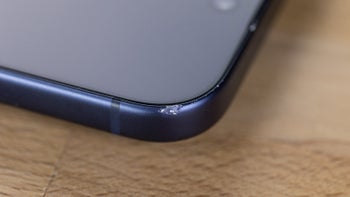
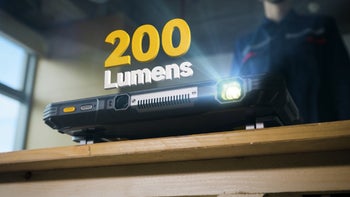
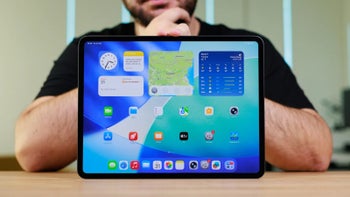


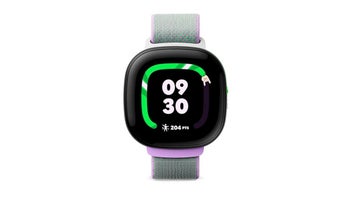
Things that are NOT allowed:
To help keep our community safe and free from spam, we apply temporary limits to newly created accounts: